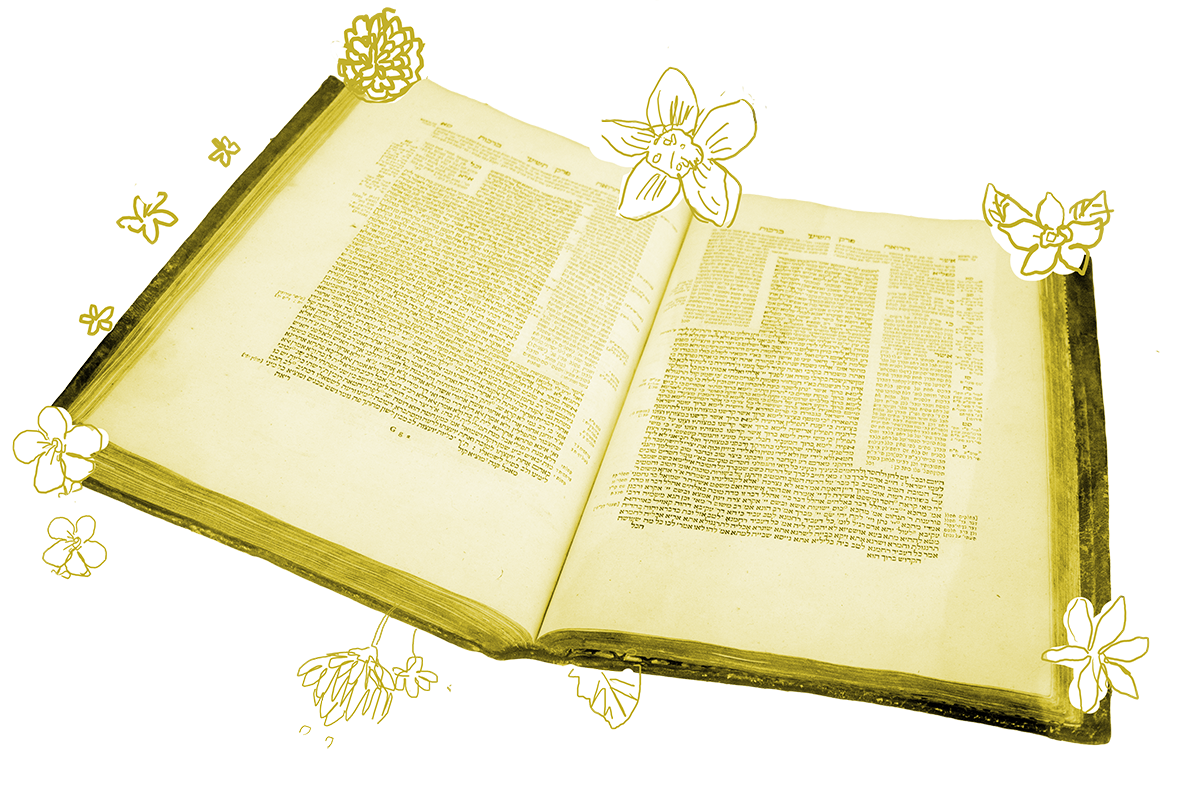It was taught: The Rabbis created a “fence” for their pronouncements in order to prevent a situation where a person comes home from the field in the evening, and knowing that he is permitted to recite Shema until dawn says to himself, “I will go home, eat a little, drink a little, sleep a little and then I will recite Shema and the evening prayer.” In the meantime, he is overcome by sleep and ends up sleeping all night [and therefore never recites the evening Shema].
This page of the Talmud wraps up a discussion that has been ongoing (with a number of digressions) since the first page: The Shema is a major Jewish prayer recited twice a day, “when you lie down and when you rise up,” as per Deuteronomy 6:7. But, the rabbis ask, how late is too late to recite the evening Shema — the “lying down” Shema?
The rabbis hold that the deadline is midnight. But Rabban Gamliel, one of the great leaders of the community, holds that you can recite the evening Shema until dawn. Gamliel is drawing on personal experience. In the mishnah from page 2 that is still under discussion, Gamliel related a story about when his sons were partying at a wedding late into the night. When they arrived home way past midnight they assumed they had missed the deadline to recite the evening Shema. But Gamliel assured them there was still time to fulfill the obligation and instructed them to recite the Shema right away before falling into bed.
So what’s the right deadline for the evening Shema? Midnight or dawn? The Talmud offers a resolution through a principle that seen repeatedly in rabbinic thinking. The true and hard deadline, the Talmud tells us, is sunrise. But we tell people the deadline is midnight in order to “make a fence around the Torah.” That is, we give them a more strict rule to ensure they behave appropriately. If they slip, they will still be within bounds. Sort of like when you set your clock a few minutes fast to trick yourself into getting places on time.
The principle of a “fence around the Torah” is a common one, and we see it all over Jewish practice today. It’s the reason some Sabbath-observant Jews won’t even touch certain objects on Shabbat for fear they might use them to carry out some forbidden action.
Interestingly, the rabbis sometimes did the opposite as well. In cases where Torah law seems too stringent, they enact measures to make it more lenient. But that’s a discussion for a different day.
Read all of Berakhot 4 on Sefaria.
This piece originally appeared in a My Jewish Learning Daf Yomi email newsletter sent on January 7, 2020. If you are interested in receiving the newsletter, sign up here.
With your help, My Jewish Learning can provide endless opportunities for learning, connection and discovery.



